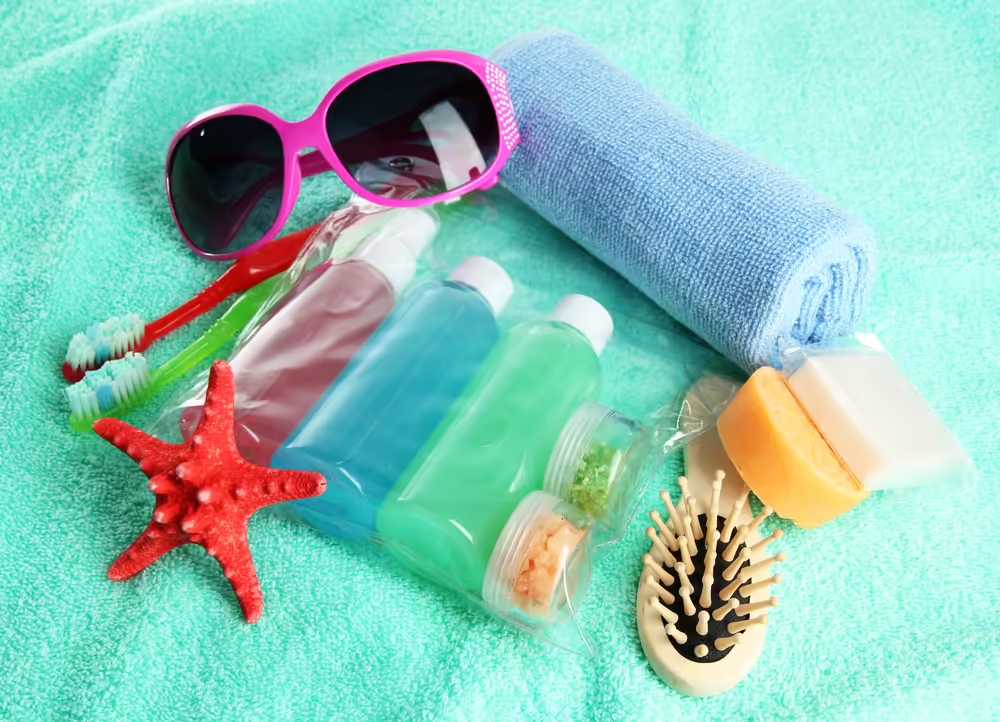Your Guide to New Hand Luggage and Liquid Rules
As of September 1st, new European Union Aviation Security Regulations have changed the way we pack our hand luggage for flights. These regulations are already in place and are impacting major airports like Madrid-Barajas and Barcelona-El Prat, especially concerning liquids in hand luggage.
The End of G3 Scanners: What This Means for Your Liquids
Until recently, some airports allowed passengers to carry liquids in their hand luggage without too many restrictions, thanks to the advanced G3 scanners. These scanners made it possible to bring larger containers of liquids through security, provided they met certain criteria.
However, starting September 1, 2024, the use of G3 scanners has been discontinued because they don’t meet the standards set by the International Civil Aviation Organization (ICAO). As a result, airports that relied on G3 scanners have switched back to traditional X-ray scanners, reinstating the familiar 100 ml limit for liquids, aerosols, and gels in hand luggage.
Back to the 100 ml Limit: A Step Back for Travelers?
The reintroduction of the 100 ml restriction is now affecting many European airports, especially in Spain at Madrid and Barcelona. This change impacts how passengers pack for their trips, whether for business or leisure, making it essential to plan ahead and adjust to these rules.
The European Commission has clarified that this isn’t a security measure but rather a preventive one until the software for the G3 scanners is improved. Even though these scanners had proven effective in reducing wait times at security and allowed liquids in larger containers, they are now off the table for the foreseeable future.
Special Exceptions: Traveling with Babies and Medicines
Some exceptions to the liquid rules remain in place. For instance, if you’re traveling with a baby (aged 8 days to 2 years), you can carry all the baby milk, formula, sterilized water, and baby food needed for the journey, even if these exceed the usual liquid limits. These items don’t need to fit into the clear plastic bag required for other liquids, but they must be ready for inspection at security checkpoints.
Similarly, essential liquid medicines are allowed in quantities needed for your flight and don’t need to fit in the standard liquid bag. Again, these should be readily accessible for inspection at security.
What About the Size of Hand Luggage?
When it comes to hand luggage size, there are still no universal dimensions mandated by law. Each airline sets its own size limits, but the International Air Transport Association (IATA) recommends a maximum size of 55 x 35 x 20 cm. Although there are discussions within the European Parliament to unify rules on hand luggage size, which could eventually make it free for passengers, this regulation still needs approval from the European Council.
Key Takeaway: Plan Ahead and Pack Smart
As of September 1st, the European hand luggage landscape has changed. The return of the 100 ml limit on liquids means travelers will need to be more mindful when packing. While this change might feel like a step back, especially for those accustomed to the convenience of G3 scanners, understanding these new rules and planning ahead can help avoid surprises at the airport.
Remember to pack liquids in containers of no more than 100 ml and fit them all into a 20 x 20 cm transparent, resealable bag. And if you’re traveling with babies or need medications, make sure these items are easily accessible for security checks.
Traveling now requires a bit more preparation, but with these tips, you’ll be ready to navigate the new rules smoothly!
Let us know what you think in the comments…
Thank you so much for your support! Reach out to us on Facebook and Instagram
For those interested in relocating to Spain we have created a Facebook Group How to Move to Spain to help you throughout the process. We will provide helpful free printables to keep you on track, online events to inform and support your journey, and above all create a community where you can ask questions and get advice. Please feel free to join!
Image: Shutterstock/Africa Studio
Share this content:




Post Comment